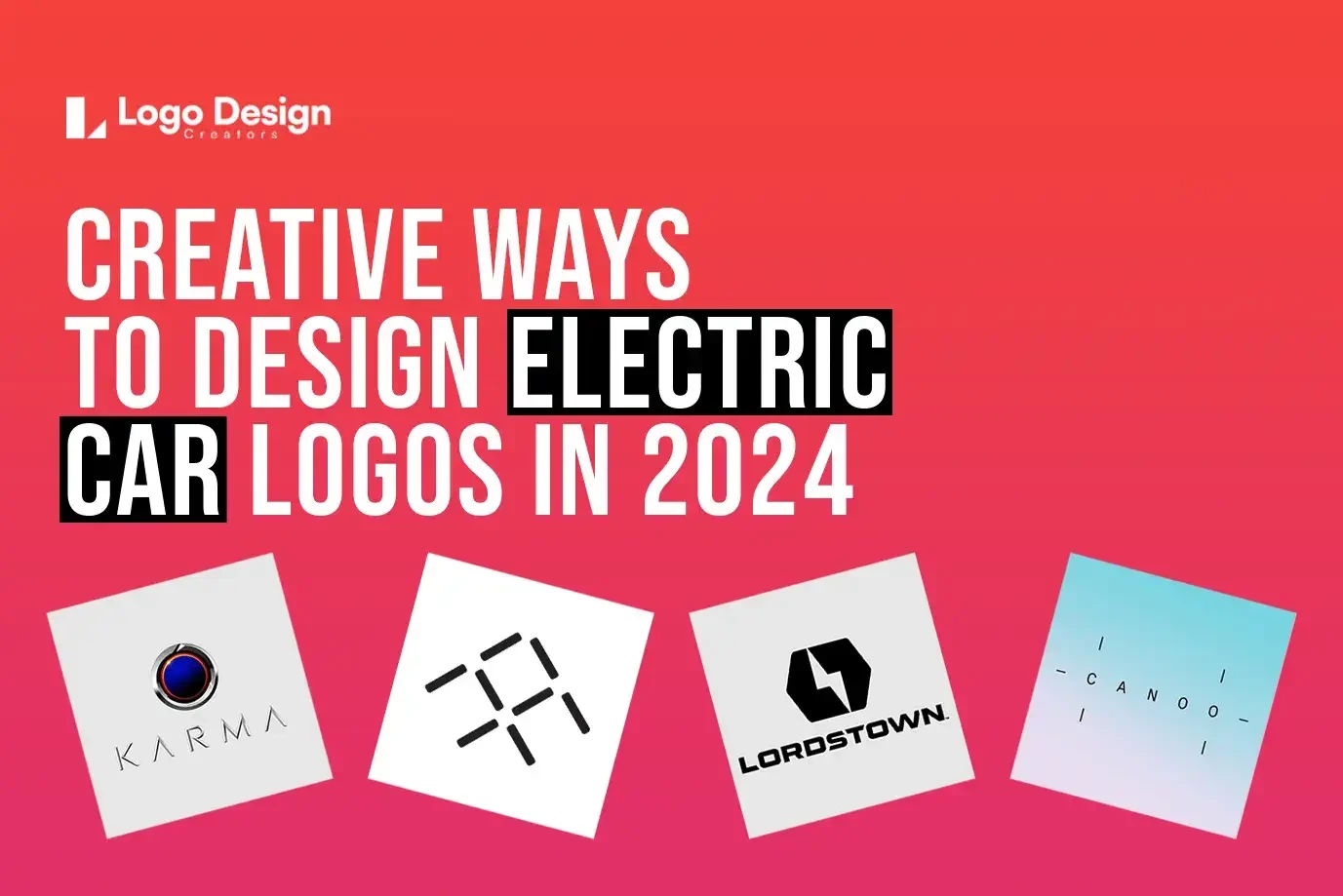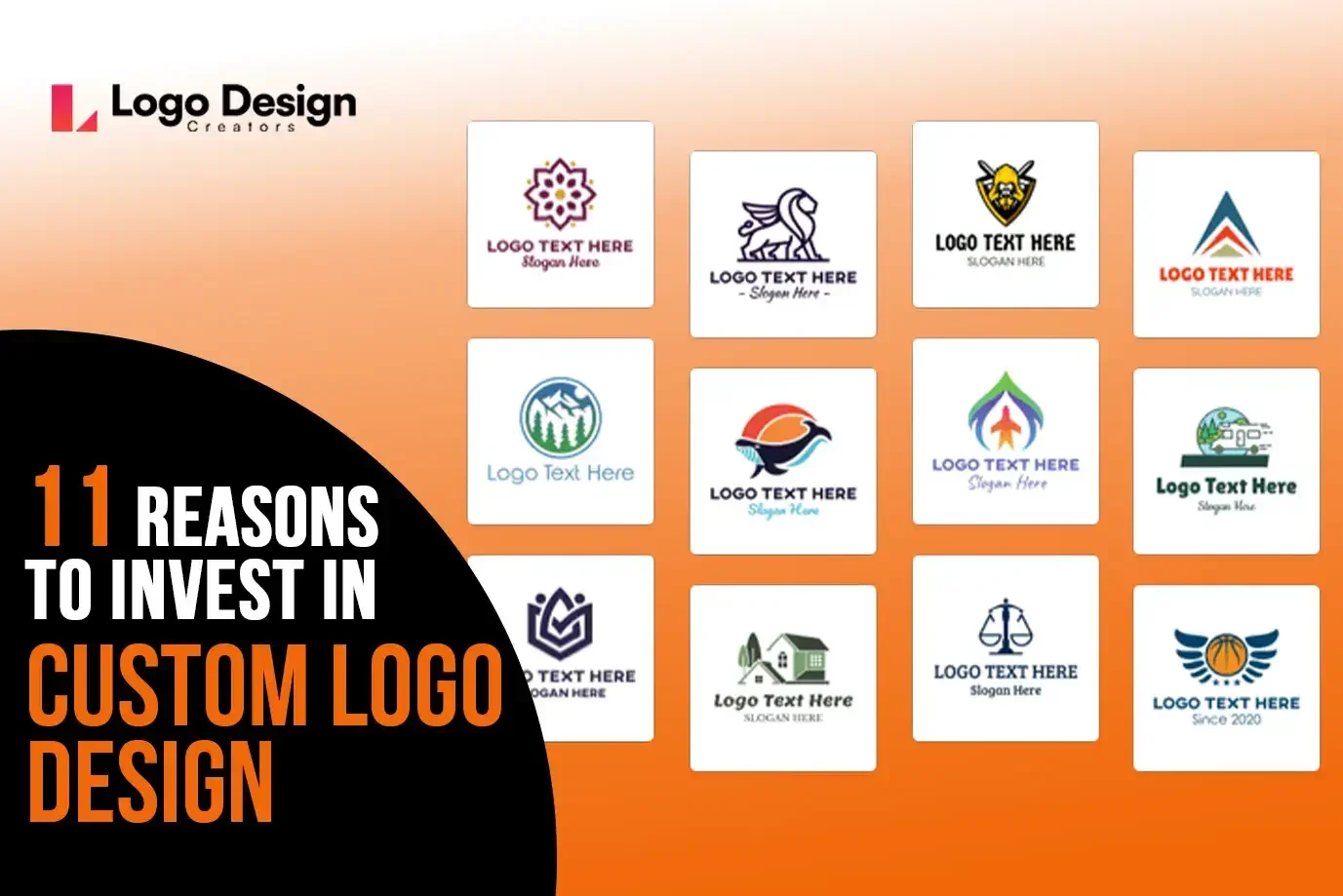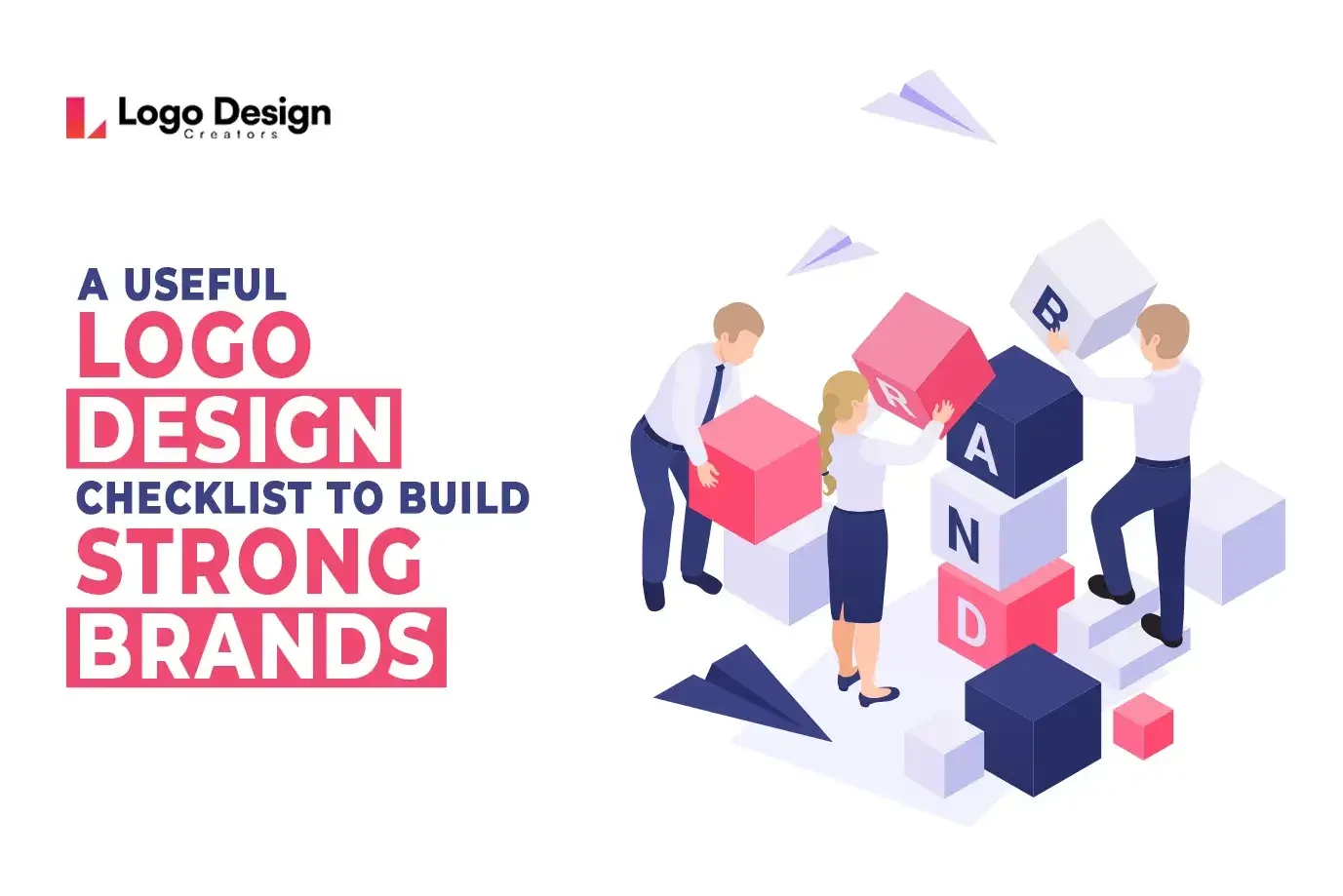
The Key Features in Professional Logo, Business Card, and Postcard Design
In the dynamic and competitive world of business, establishing a strong and memorable brand identity is crucial for success. Your logo, business card, and postcard designs play pivotal roles in conveying your brand message and leaving a lasting impression on your audience. To ensure that your designs stand out and effectively represent your business, it's essential to incorporate key features that reflect professionalism, uniqueness, and cohesion.
Professional Logo Design
Simplicity
A professional logo should be simple and easily recognizable. Simplicity ensures that your logo is versatile and can be scaled down or enlarged without losing its essence. Think of iconic logos like Nike or Apple – their simplicity is a key factor in their widespread recognition.
Memorability
A memorable logo is one that sticks in the minds of your audience. Consider creating a unique symbol or incorporating distinctive elements that make your logo memorable. Avoid complex designs that may be easily forgotten.
Versatility
A professional logo should be versatile enough to work across various mediums, from digital platforms to print materials. Test your logo in different sizes and backgrounds to ensure it maintains its impact and clarity in any context.
Relevance
Your logo should reflect the essence of your business and resonate with your target audience. Whether through color, shape, or imagery, ensure that your logo communicates your brand's values and mission clearly.
Timelessness
is a crucial aspect of professional logo design. While trends come and go, a logo that withstands the test of time avoids overly trendy elements that might quickly become outdated. Opt for classic and enduring design elements that will remain relevant for years to come.
Business Card Logo Design
Consistency
Consistency across your brand materials is key. Your business card logo, a visual representation of your brand, should seamlessly align with your overall brand identity, incorporating the same color palette, fonts, and design elements. This harmonious consistency reinforces your brand in the minds of your clients, creating a memorable and cohesive impression. Ensure that your business card logo design complements your broader branding strategy, contributing to a professional and recognizable image for your business.
Readability
Ensure that all information on your business card, including your logo, is easily readable. Choose legible fonts, appropriate font sizes, and a layout that guides the reader's eye logically. Clarity and simplicity are paramount.
Whitespace
Embrace whitespace in your business card design. A cluttered design can be overwhelming and diminish the impact of your logo. Whitespace allows elements to breathe and ensures that your logo stands out prominently.
Quality Printing
Investing in high-quality printing for your business cards is crucial. A well-printed card with vibrant colors and a smooth finish enhances the perceived value of your brand. Don't compromise on the printing process, as it directly reflects on your professionalism.
Double-Sided Design
Maximize the space on your business card by utilizing both sides. While one side may feature your logo and essential contact details, the other side could include a brief tagline, a QR code linking to your website, or a striking image that complements your brand.
Postcard Design
Eye-Catching Imagery
Postcards provide a visual snapshot of your brand. Incorporate eye-catching and relevant imagery that resonates with your audience. Whether it's a product showcase, a picturesque view, or a stylized representation of your services, the image should captivate attention.
Engaging Copy
Craft concise and compelling copy that complements your imagery. Use language that aligns with your brand voice and conveys a clear message. Whether it's a promotional offer, a call to action, or a simple greeting, make every word count.
Branding Integration
Seamlessly integrate your logo and overall brand elements into the postcard design. This ensures brand recognition and reinforces your identity. Maintain consistency with colors, fonts, and any design elements present in your other branding materials.
White Space for Focus
Like business cards, postcards benefit from the strategic use of white space. Allow important elements, such as your logo and key information, to stand out without distractions. White space also contributes to a clean and modern aesthetic.
Print Quality
Just as with business cards, the print quality of your postcards matters. Opt for high-resolution images and quality printing to bring out the vibrancy of your design. A well-printed postcard enhances its visual appeal and reflects positively on your brand.
In conclusion, a successful brand identity is built on the foundation of thoughtful and strategic design. Whether it's a professional logo, business card logo design, or postcard design, each element contributes to the overall perception of your brand. By incorporating features like simplicity, memorability, consistency, and quality printing, you can create designs that not only stand out but also leave a lasting impression on your audience. It is essential to remember that your brand is your story, and the designs should tell the story effectively.
Also Read:
1) Why a Good Logo Has a Significant Impact on Small Businesses
2) 10 Tips for Crafting a Unique Business Card
How Corporate Graphic Designers Can Stand Out and Secure Lucrative Opportunities?
In the fast-paced world of corporate graphic design, standing out is not just a desire—it's a necessity. As businesses strive for uniqueness and impactful visual communication, corporate graphic designers play a pivotal role in shaping a brand's identity. To secure lucrative opportunities and make a mark in this competitive field, designers need a combination of technical expertise, creativity, and business acumen. We will explore the key aspects of how a corporate graphic designer can make designs that stand out and the essential skills that will make brands eager to hire them.
1. Master the Basics: Technical Proficiency
a. Proficient in Industry Tools:
A corporate graphic designer's toolkit is built around industry-standard software such as Adobe Creative Cloud (Photoshop, Illustrator, InDesign), Sketch, and Figma. Mastery of these tools is non-negotiable. Regularly update your skills to stay abreast of the latest features and functionalities.
b. Understanding Design Principles:
A strong foundation in design principles is paramount. This includes a grasp of color theory, typography, layout design, and visual hierarchy. A designer who understands the principles can manipulate them to create visually appealing and effective designs.
c. Responsive Design Skills:
With the rise of mobile and diverse screen sizes, the ability to create responsive designs is crucial. Corporate graphic designers should be adept at designing assets that look great and function seamlessly across various devices and platforms.
2. Develop a Unique Style: Creativity and Originality
a. Personal Branding:
Just as brands need a distinctive identity, so do designers. Develop your own unique style or signature that sets you apart. This could be a particular approach to color, a penchant for minimalism, or a specific illustration technique. Your personal brand becomes your portfolio.
b. Innovation and Adaptability:
The design landscape evolves rapidly. Be open to new trends, technologies, and design styles. Innovate within your own work, pushing boundaries while remaining adaptable to the changing needs and preferences of clients.
c. Storytelling through Design:
Great designs tell a story. Understand the brand narrative and translate it visually. Whether it's through a logo, infographic, or a full-fledged marketing campaign, your designs should communicate a compelling story that resonates with the target audience.
3. Understand the Business: Bridging Creativity and Strategy
a. Marketing and Branding Knowledge:
A corporate graphic designer is not just a visual artist but a strategic thinker. Understanding marketing and branding principles is essential. Know how design fits into the larger context of a brand's strategy, and how it contributes to achieving business objectives.
b. Audience-Centric Design:
Tailor your designs to the target audience. A deep understanding of the demographics, psychographics, and behaviors of the intended audience allows you to create designs that resonate and leave a lasting impact.
c. Data-Driven Decision Making:
Analytical skills are increasingly becoming valuable in design. Use data to inform your design decisions. Understand metrics, A/B testing, and user feedback to continuously refine and improve your designs.
4. Effective Communication: Collaboration and Client Management
a. Strong Communication Skills:
The ability to articulate your design choices is crucial. Clearly communicate your ideas to clients and team members, explaining the rationale behind your design decisions. Being able to effectively convey your vision ensures smoother collaboration.
b. Client Relationship Management:
Building and maintaining positive client relationships is a key aspect of a corporate graphic designer's role. Understand the client's needs, be responsive to feedback, and demonstrate a commitment to delivering designs that align with their goals.
c. Team Collaboration:
Graphic design is rarely a solo endeavor in the corporate world. Collaborate effectively with other team members, including marketers, writers, and developers. Being a team player enhances the quality of the final product and showcases your ability to work in diverse environments.
5. Build an Impressive Portfolio: Showcase Your Best Work
a. Quality Over Quantity:
Curate a portfolio that showcases the breadth and depth of your skills. Emphasize quality over quantity. Include a variety of projects that highlight your versatility and ability to handle different design challenges.
b. Case Studies:
Accompany your portfolio pieces with case studies. Explain the problem, your design process, and the impact of your solutions. This not only demonstrates your design thinking but also provides insights into how you approach challenges.
c. Personal Projects:
While client work is essential, personal projects can set you apart. They allow you to explore your creativity without the constraints of a brief. Personal projects demonstrate initiative and passion for your craft.
6. Stay Updated: Lifelong Learning
a. Continuous Skill Enhancement:
Design is an ever-evolving field. Stay updated with the latest design trends, tools, and technologies. Attend workshops, webinars, and conferences to continuously enhance your skills.
b. Networking:
Connect with fellow designers, industry professionals, and potential clients. Networking provides opportunities for collaboration, exposure, and staying informed about industry trends and opportunities.
c. Seek Feedback:
Be open to constructive criticism. Seek feedback from peers, mentors, and even clients. Use feedback as a tool for improvement and refinement.
7. Time Management and Deadline Adherence
a. Efficient Workflow:
In a corporate setting, deadlines are non-negotiable. Develop an efficient workflow that allows you to produce high-quality designs within the given time constraints. Time management skills are a testament to your professionalism.
b. Flexibility in Timelines:
Sometimes, projects may require quick turnarounds. Being adaptable and capable of delivering quality work under tight deadlines showcases your ability to handle the fast-paced nature of the corporate design world.
Conclusion
In conclusion, the path to becoming a sought-after corporate graphic designer involves a blend of technical proficiency, creativity, strategic thinking, and effective communication. By mastering the basics, developing a unique style, understanding the business context, communicating effectively, showcasing a stellar portfolio, staying updated, and demonstrating strong time management skills, designers can position themselves as invaluable assets to brands seeking to make a lasting visual impact. It's not just about creating designs, it's about crafting visual narratives that elevate brands and leave a lasting impression in the minds of their audience.
Furthermore, the salary of a corporate graphic designer can vary based on factors such as experience, location, and the industry in which they work. The more experience and expertise, the higher the chances of them securing a job that pays well. However, according to stats, on average, entry-level corporate graphic designers can expect to earn around $40,000 to $50,000 per year. As they gain experience and build a robust portfolio, mid-level designers can command salaries ranging from $50,000 to $70,000. Senior graphic designers with extensive experience and a proven track record may earn well above $80,000, with some reaching six-figure incomes.
Location significantly impacts salary ranges, with urban areas and regions with a high cost of living generally offering higher compensation, for example, in cities like New York. Industries such as advertising, marketing, and technology often pay higher salaries compared to sectors with less emphasis on design.
It's important to note that freelance designers, who work independently or on a project basis, may have fluctuating incomes based on the volume and nature of their projects. Additionally, factors like specialization in certain design niches or proficiency in sought-after skills, such as UX/UI design, can also contribute to higher earning potential.
Corporate graphic design salaries can vary, the demand for skilled designers remains robust, making it a rewarding career path for those passionate about visual communication and brand aesthetics. Aspiring designers should consider factors like experience, industry, and skill specialization to gauge their earning potential in this dynamic field.


 +1(929) 203-4191
+1(929) 203-4191 info@logodesigncreators.com
info@logodesigncreators.com


